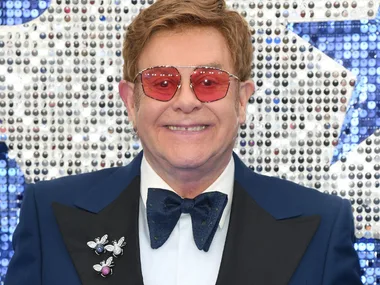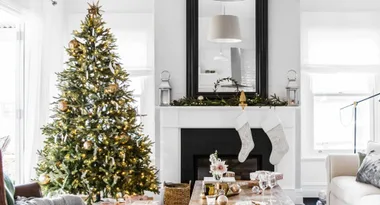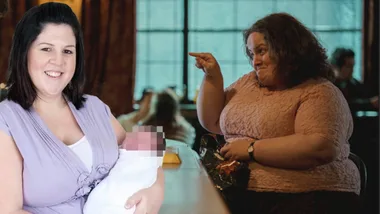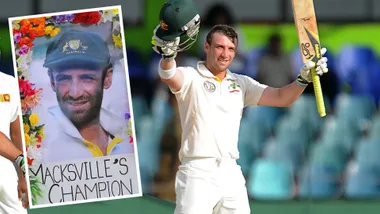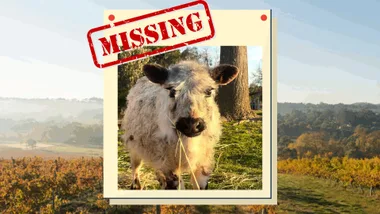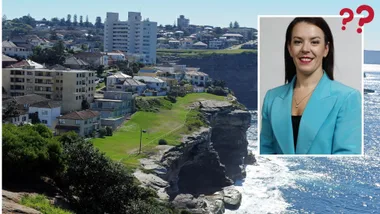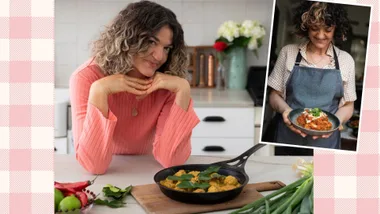There is recorded evidence that suggests that Muslims have been coming to Australia since the 18th century. Indonesia’s Muslim population travelled from the southwest corner of Sulawesi to the northern tip off Australia to collect sea cucumbers which were valuable goods at the time. A small number of Muslims arrived in Australia during the convict years, and they were among the first people to settle on Norfolk Island when the area was being used as a penal colony in the 19th century. From 1860 to 1900, Muslim migrants settled in Australia and worked as camel drivers, animals which were well suited to the harsh climate of our nation’s arid centre. The first camel drivers arrived in Melbourne in 1860, when eight Muslim and Hindu camel drivers came to provide animals to famous explorers Burke and Wills.
The point of all this history is that, for much longer than people generally think, there has been growing Muslim population in Australia. All too easily, people get caught up in xenophobic rhetoric and start to fear alleged “influxes in migration”. But statistics show that there has been a thriving Muslim community in Australia for hundreds of years.
Findings of the 2016 Census
The last census Australia had was back in 2016. We are due to have another in 2021, so until then it’s the best source of information we have to guide us in terms of our nation’s religions and ethnic populations.
The 2016 census found that:
- Australia’s approximate population on 31st December was 24.4 million people
- Of these estimated 24.4 million people, some 604,000 people identified as Muslim, making the percentage of Muslims in Australia at that time 2.6% of the total population.
- The 2006 census estimated that the number of Muslims in Australia was 341,000 – so the 2016 census demonstrated that this number had almost doubled in ten years.
- Overall, Australia remained a predominantly religious country, with 60% of people reporting that they were a member of a religion. However, the reported number of people that identified as having no religion had grown. In 2006, the census estimated that 22% of Australians had no religion, whereas the 2016 identified that 30% of Australians were without a religion.
- Australia also remains a predominantly English speaking country. 72.2% of census participants reported that they only speak English at home.
- Greater Sydney had the highest rate of population growth, with 4,823,991 people.
Pictured: Book ‘Hijabi Girl‘, written by author Hazel Edwards OAM, who has written over 200 books and is best known for ‘There’s A Hippopotamus on Our Roof Eating Cake‘. The young readers story is about Melek, who can’t find a character that wears a hijab to dress as in the upcoming Book Parade. So Melek ends up creating one herself!
How Many Muslims in the World?
The Islamic or Muslim word for community is ‘umma’. Umma refers to all those who adhere to the Islamic faith and to societies where Islam is practiced. The rich history of the Muslim world is complex, dating back more than 1400 years. According to information gathered in 2015, 1.8 billion people or roughly 24.1% of the world’s population were of members of the Islamic faith. The country with the single largest population of Muslim people is Indonesia, which is home to 13% of the world’s Muslims in its own right.
Percentage of Muslim Population by Country:
- Middle-East North Africa – 91%
- Central Asia – 89%
- Southeast Asia – 40%
- South Asia – 31%
- Sub-Saharan Africa – 30%
- Asia-Oceania – 25%
- Europe – 6%
- Americas – 1%
In 2013, the combined GDP of 49 majority Muslim countries (countries were Islam is widespread or clearly the predominant religion) was approximately $US 5.7 trillion. and as of 2016, these 49 countries were responsible for 8% of the world’s total GDP.
How Many Mosques Are in Australia?
In light of recent violence and increased discourse about Islam, Australian mosques have become more important than ever. They are one of our best chances at combatting the prejudice and fear that plagues the Muslim community. The earliest known mosque was built in Maree in South Australia during the 1860s. The ‘Mosques of Sydney and New South Wales Research Report‘ (2014) surveyed 50 of the 167 places of Islamic worship in New South Wales. The findings of this report demonstrated that mosques are so much more than places of formal worship – they are community hubs where much needed social work takes place. Husnia Underabi, lead researcher of the report and PhD student, found that:
“Most NSW mosques are involved in either interfaith dialogue or open days to invite non-Muslims to the mosque, indicating that mosques are involved with the wider society and are willing to communicate and exchange ideas.”
Other key findings included:
- the majority of mosque leaders feel Australian Muslims should participate in Australia’s civic institutions;
- more than half (56%) of the mosques indicated having female representation in the mosque committee;
- whereas mosques in the past served only one ethnic group, almost all mosques in NSW now serve people of many ethnic backgrounds.
Currently, there are hundreds of mosques in Australia. If you are looking to attend an open day or need somewhere to pray, use Mosque Finder ,available on the Australian Federation of Islamic Council website, to locate your nearest place of worship.
Famous Australian Muslims
More and more Australian Muslims are becoming well-known through their appearances in the media, the political sphere and on the sporting field. Representation is crucial, especially for our young Muslim-Australian citizens, because as the saying goes “You can’t be what you can’t see.” Here are five famous Australian Muslims.
1. Waleed Aly
Video: Waleed Aly announcing the Top 25 Finalists for The Project’s ‘Videos for Change’ competition.
Waleed Aly is best known for his most current role as a co-host on Channel 10 television show The Project. Prior to this, Waleed was a radio host, a lawyer, academic and musician. He is also an author, having written ‘People Like Us: How Arrogance is Dividing Islam and the West’.
2. Bachar Houli
Pictured: Richmond FC player Bachar Houli hanging out with one of New Zealand’s most famous Muslims, Rugby Union and NRL great, Sonny Bill Williams.
Australian Rules footballer Bachar Houli is a midfielder for Richmond. He has been one of the first devout Muslims to play professional AFL, and was the first Muslim to win an AFL premiership. Bachar has worked tirelessly as an AFL cultural ambassador and is a role model for many young Australian Muslims with sporting ambition.
3. Yassmin Abdel-Magied
At the tender age of 16, Yassmin created Youth Without Borders, a youth-run, youth-lead organisation that encourages young people to work collaboratively to change their communities for the better. She won Young Australian Muslim of The Year in 2007 and was Young Queenslander of the Year in 2010. She has a first-class honours degree in mechanical engineering, is writer and published author, and currently lives in London.
4. Hazem El Masri
Hazem El Masri is one of NRL’s greatest ever players. Playing for the entirety of his career with the Canterbury Bulldogs, Hazem is widely regarded as the greatest goal-kicker rugby league has ever seen, having scored the second highest amount of points (2,418) of any player in the game.
5. Ed Husic
Federal MP for Chiefly and current Shadow Minister for Human Services and the Digital Economy, Ed Husic was the first Muslim to be sworn onto the front bench. Born in Sydney to Bosnian immigrant parents, Ed describes himself as a practicing Muslim.


